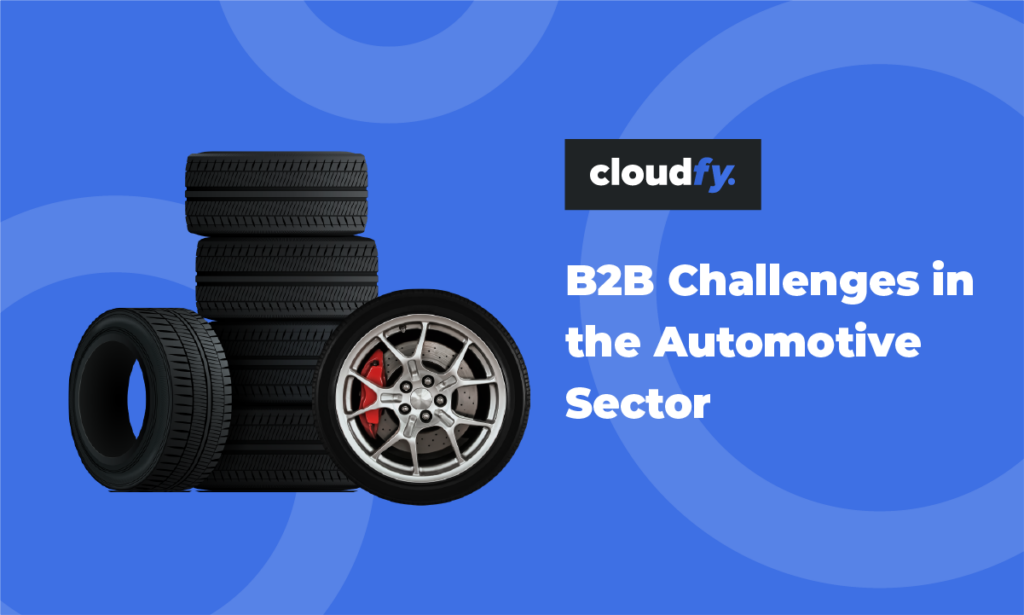A successful B2B ecommerce strategy is reliant on organizations having B2B ecommerce as a main pillar of what they are looking to do.
Today, those leading the way in this area are meeting the needs of customers both online and offline. To enable greater levels of success, there are ways and means of enhancing your B2B ecommerce operations by adopting best practices and potentially gaining an advantage over competitors.
The State of Play
Those B2B organizations who have an ecommerce website that provides visitors with a streamlined path to purchase and exhibit enhanced ecommerce maturity and leadership are thriving.
That’s what a recent study by Forrester has found. This study looked at the current levels of ecommerce maturity, challenges and ways to advance practices. 302 decision makers across a number of global markets provided their insight.
According to the study, “B2B companies lean on ecommerce efforts to drive customer satisfaction, revenue growth and productivity goals.”
Online channels including ecommerce websites, mobile apps, punchout catalogs, online chat and email are being harnessed by B2B ecommerce companies. These are being used alongside their offline mediums to deliver an enhanced level of service to customers across areas such as wholesale distribution, manufacturing and fashion to name a few.
Different Levels of Maturity
Some B2B organizations are exhibiting more enhanced, mature levels of online operation. Others are tailing behind, while some are only just beginning to understand the opportunity online channels present.
Forrester’s study splits B2B ecommerce organizations into three groups – novices, explorers and masters. Companies have been split into each of these groups based on factors such as their ecommerce leadership, resources, organizational support and the prevalence of a cross-organizational strategy.
Just 26% of those surveyed were deemed to be far enough along the ecommerce maturity pathway to be masters in Forrester’s eyes. This group exhibits four or five best practices and have matured their ecommerce operations.
Ways to Lead the Way
Industry best practices identified by Forrester include:
– Having a dedicated ecommerce team or department
– A technology team in place to support ecommerce efforts
– Cross-functional alignment with the overall ecommerce strategy
– A dedicated ecommerce leader is in place
– There is a dedicated profit & loss statement in place around ecommerce
And that’s just from an organizational standpoint. When it comes to the specifics of your B2B website, those placed in the ‘master’ category are making it as easy as possible for customers to buy what they want.
Those further up the ecommerce maturity scale are more likely to offer:
- Quick payment options
- Online requests for quote processes
- Online purchase approval workflows
- Customer price lists and catalogues assigned to specific customers
- Support for subscription services
Becoming a Master
If you are a B2B organization, ask yourself how many of the above points you have within your own company. That will give you a fair reflection of where on the maturity scale you sit and allow you to consider what other features and functionalities it may be worth introducing to your B2B ecommerce website.
Forrester offers three key recommendations when it comes to enhancing your B2B digital maturity.
- The first is building a dedicated team to manage your ecommerce aims. That way, you can avoid a reactionary approach and be proactive in what you do and how you do it.
- The second is aligning your ecommerce offering with your sales efforts. Look to identify common goals and work out the best way to turn them into a reality.
- The third and final recommendation is putting technology solutions in place that are flexible and able to move with your business as it grows. Finding the right B2B ecommerce platform, solutions and software for you can make a huge difference to the chances of you meeting your online ecommerce goals.
As a cloud-based B2B ecommerce platform, Cloudfy has been designed as a comprehensive, fully integrated, enterprise solution for B2B companies looking to take their growth to the next level. Our range of services and features can help you enhance your customer offering and meet their needs more effectively.
Equally, if you have been tasked with looking at ways to revolutionize your company’s approach to B2B ecommerce, here’s 5 big reasons to consider Cloudfy as your go-to platform.
Get in touch with the Cloudfy team and see how we can help make this happen.






